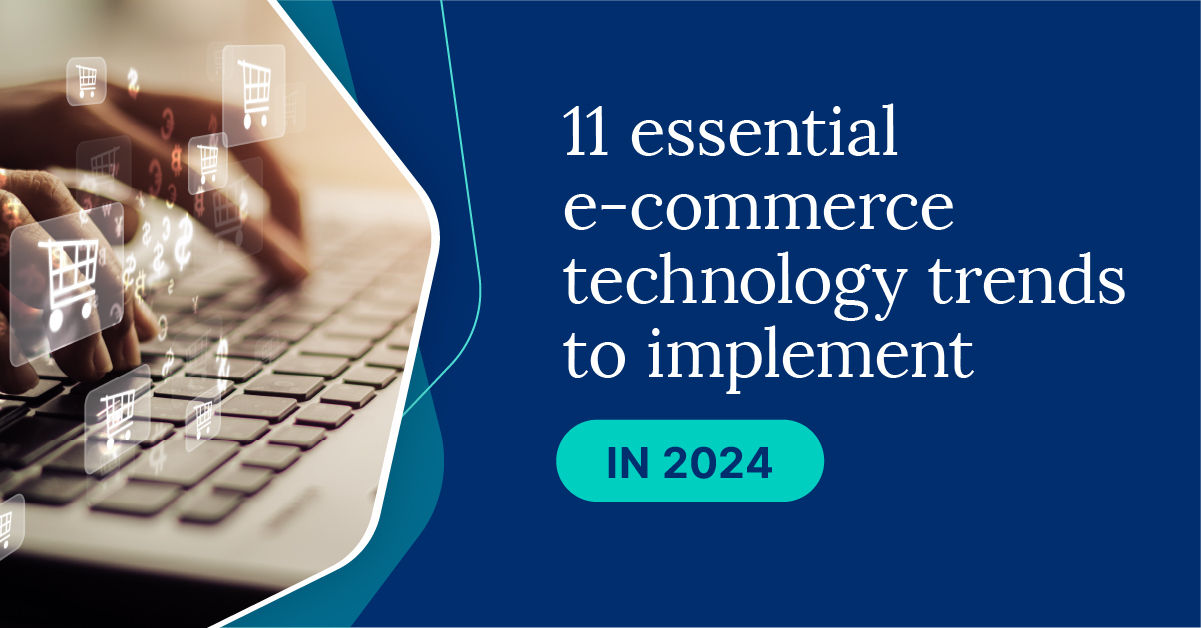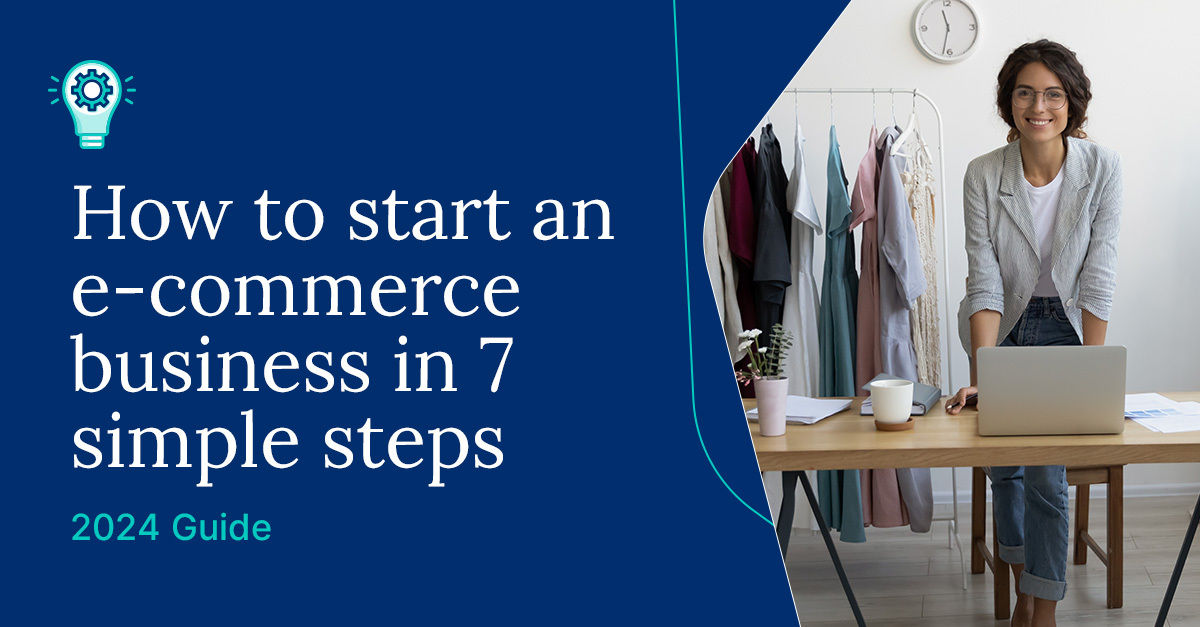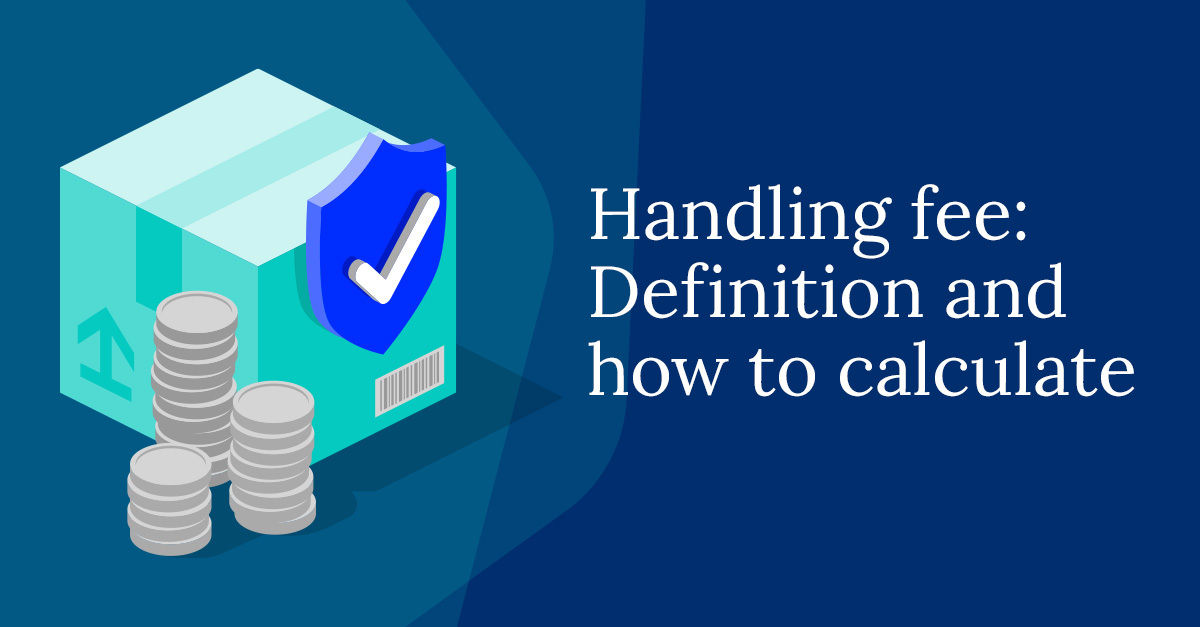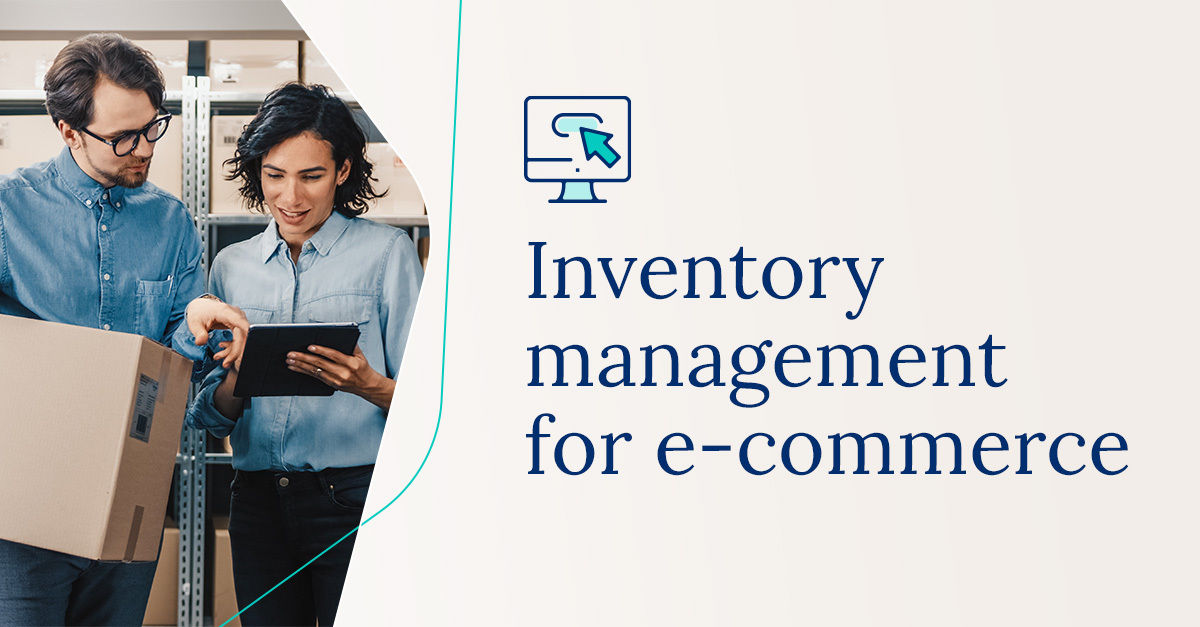

Discover the e-commerce technology trends shaping how people buy and sell products and services and learn why they matter.

Discover how to successfully launch an e-commerce brand. Read this step-by-step guide with essential marketing and SEO strategies for online success.

Explore the latest retail trends and e-commerce technologies that are changing the way businesses meet consumer demands in physical and digital environments.

A handling fee is an order expense designed to cover fulfillment costs that is charged to a customer in addition to an order’s subtotal and shipping fees.

Discover how to choose the right e-commerce inventory management strategy for your brand and use Cin7’s integrations to automate and streamline operations.

The best B2B e-commerce platforms include Cin7, Shopify, and LogiCommerce. Find the best e-commerce software for your business here.